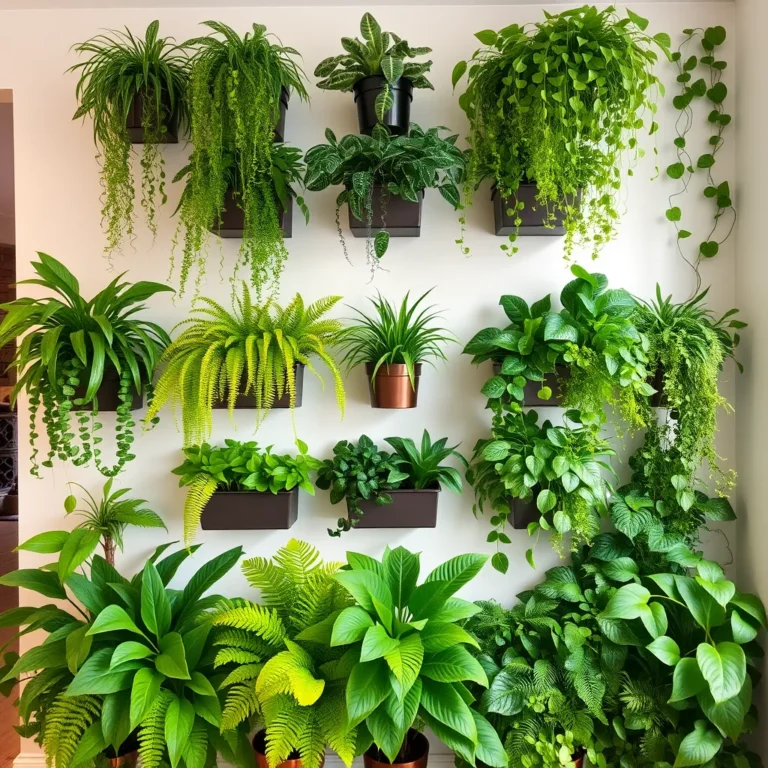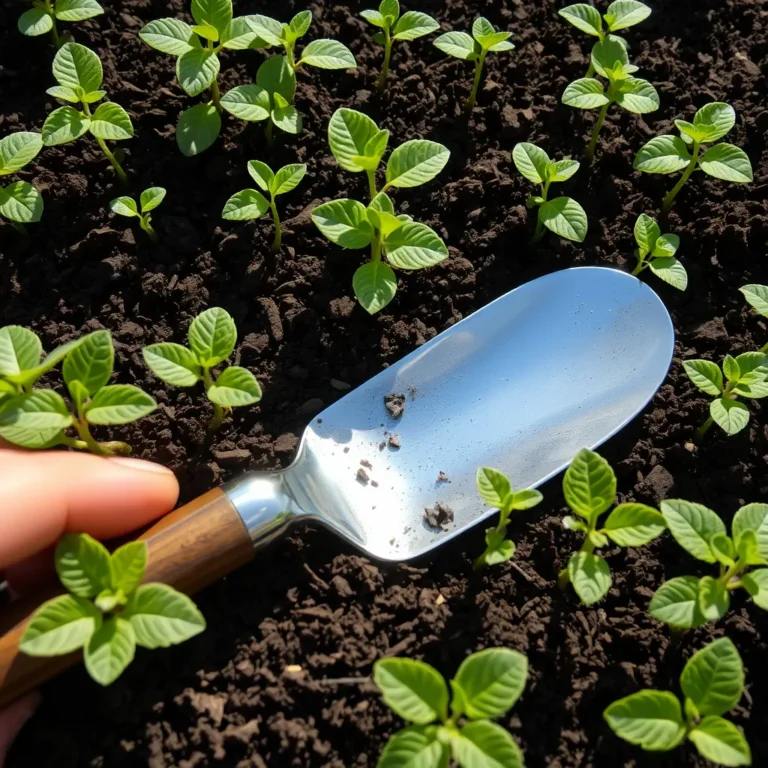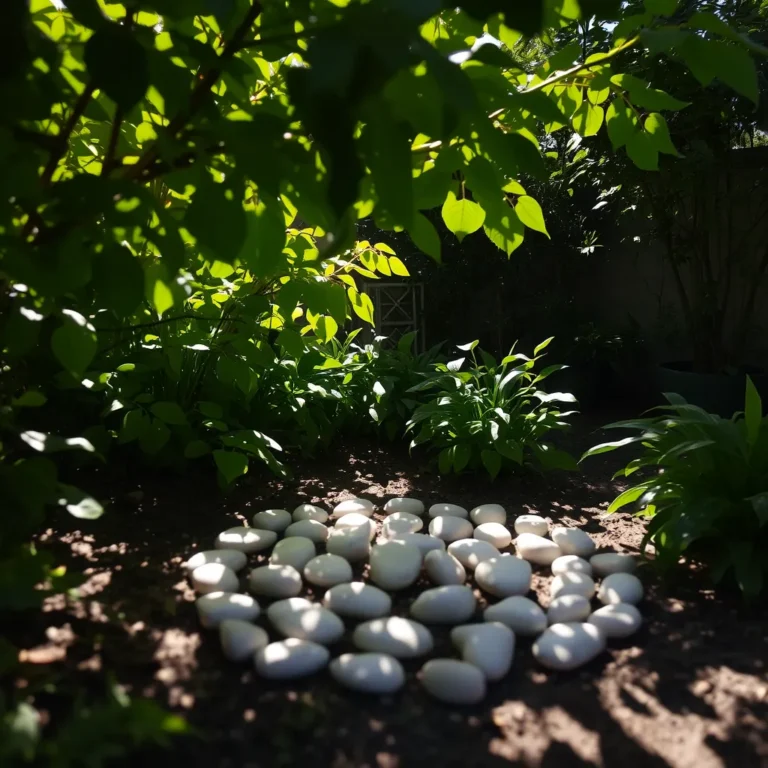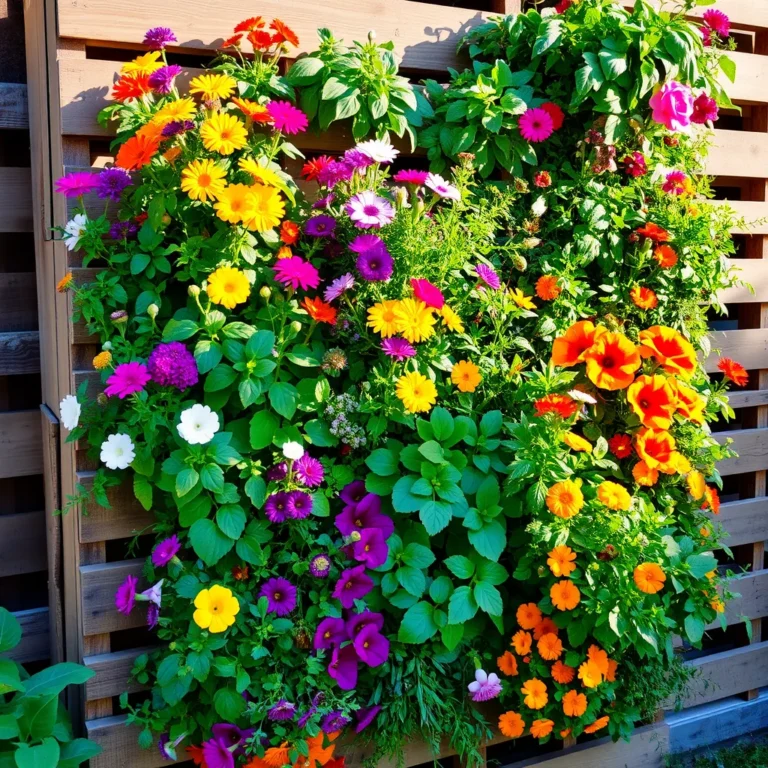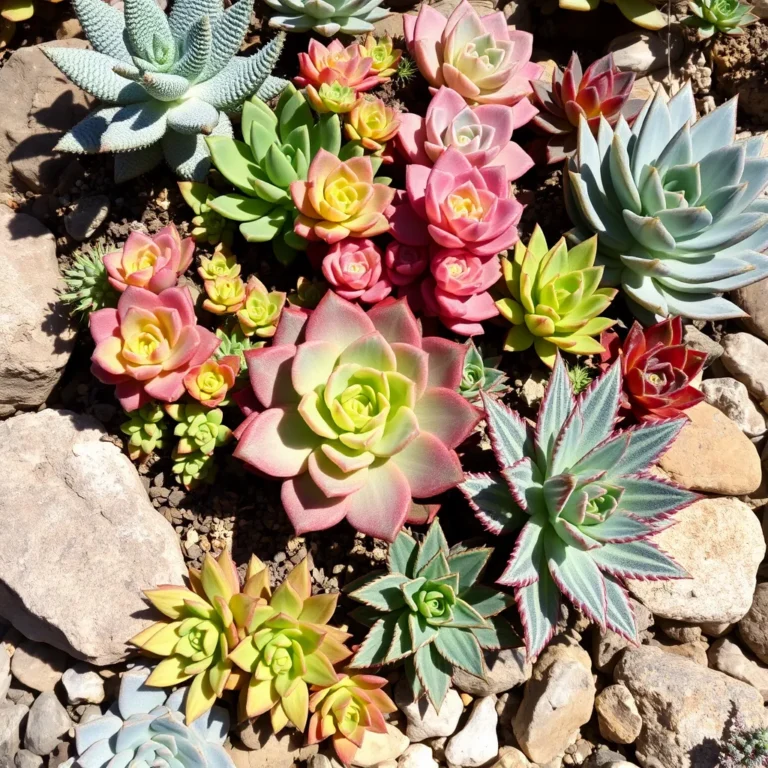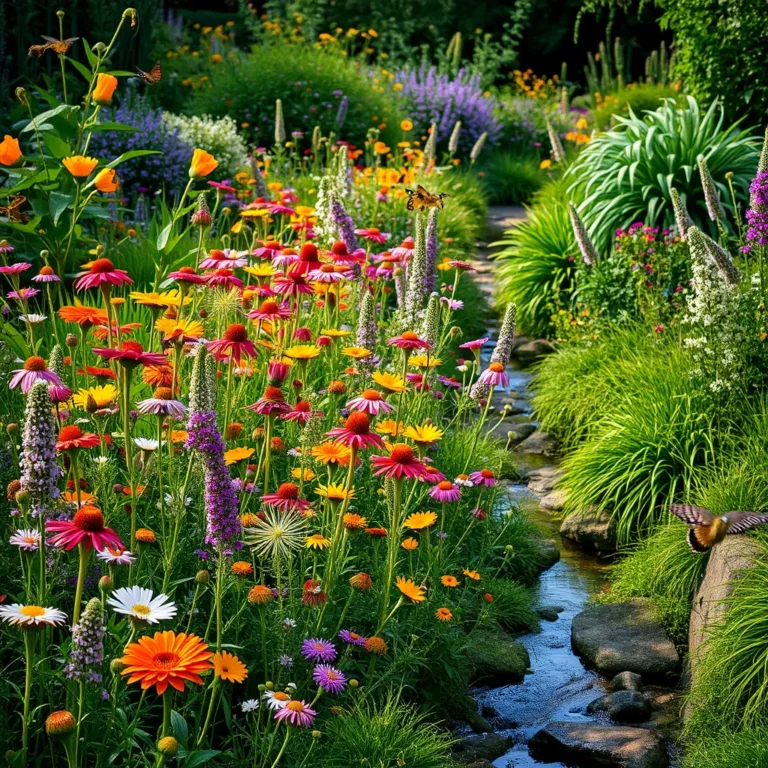8 Simple Steps to Start Your Own Composting System Easy Guide
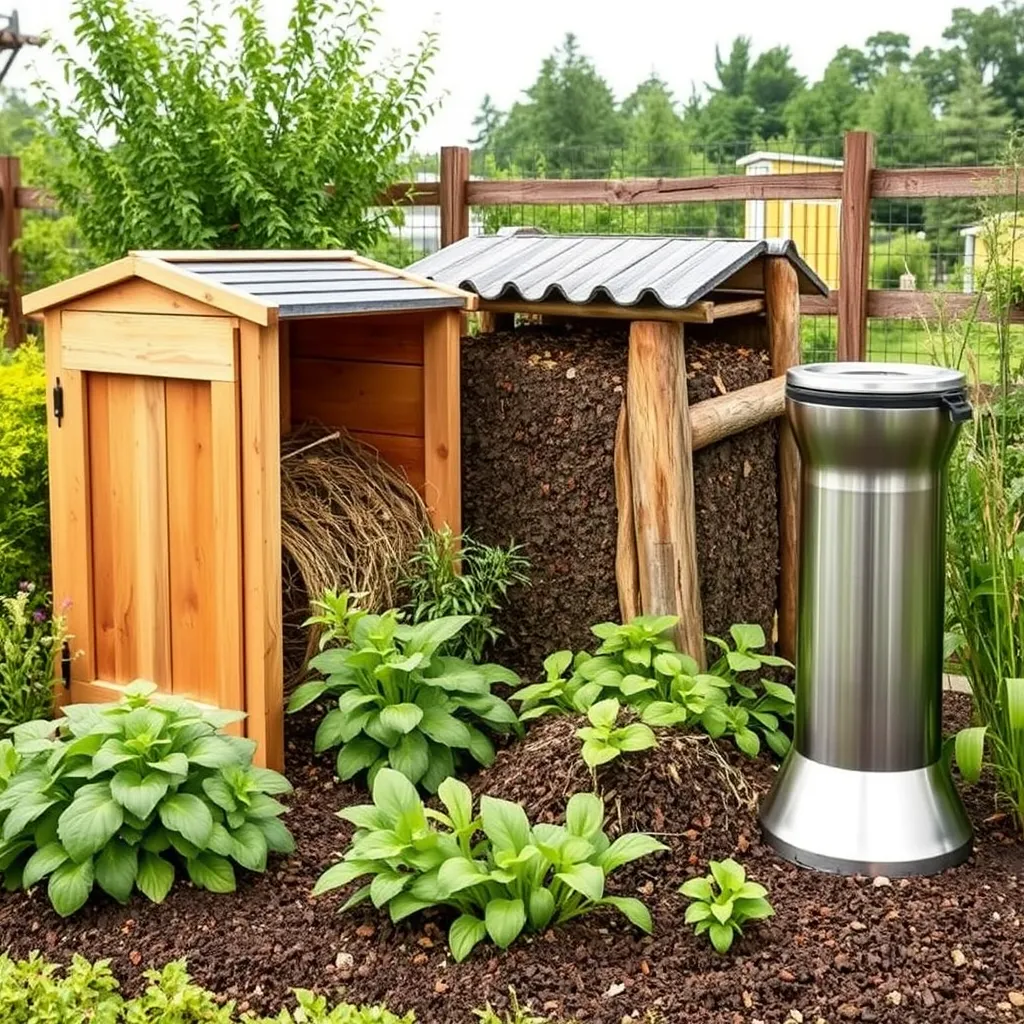
Are you ready to turn kitchen scraps into black gold? Composting is a simple way to reduce waste and enrich your garden. In this guide, I’ll show you 8 easy steps to create your own composting system. From choosing the right method to troubleshooting common issues, you’ll learn everything you need for success. Let’s get started on your journey to eco-friendly gardening!
Step 1: Choose the Right Composting Method (bin, pile, tumbler, etc.)

You have a few options for composting. You can use a bin, a pile, or a tumbler. Each method has its own perks. A bin keeps things neat and tidy. It also helps keep pests away. A pile is simple and easy. You just stack your scraps in a corner. A tumbler lets you turn your compost easily. This speeds up the process.
Decide what fits your space and style. If you have a small yard, a bin is great. If you have space, a pile works well. Choose what makes you feel excited to compost!
Step 2: Select an Ideal Location for Your Composting Setup

Location is key for composting. You want a spot that is cool and shady. Too much sun can dry out your compost. Find a place near your kitchen. This makes it easy to add scraps.
Keep your compost away from fences or walls. Good airflow helps with decomposition. Make sure you can reach it easily to turn or add materials. A good location keeps you motivated to compost!
Step 3: Gather Necessary Materials for Effective Composting

You need some simple materials to start composting. Here’s a list of what to collect:
– Kitchen scraps (fruits, veggies, coffee grounds)
– Yard waste (grass clippings, leaves, small branches)
– Brown materials (dry leaves, straw, cardboard)
– Water (to keep it moist)
These items are your composting heroes. Kitchen scraps add nitrogen. Brown materials add carbon. This mix helps your compost break down. Gather what you can, and you’re ready to start your composting journey!
Step 4: Build Your Compost Pile with a Balanced Carbon-to-Nitrogen Ratio

To start, I focus on the right mix of materials. A good compost pile needs carbon and nitrogen. Carbon comes from brown items like dried leaves and paper. Nitrogen comes from green items like grass clippings and kitchen scraps. Aim for a mix of about 3 parts carbon to 1 part nitrogen. This balance helps the pile break down well.
When I gather my materials, I layer them. I start with coarse brown items at the bottom. This helps air flow. Then, I add green items on top. I keep adding layers until I reach my desired height. It’s like making a lasagna but with organic waste.
Step 5: Maintain Your Compost by Turning and Aerating the Pile

I turn my compost pile every few weeks. This adds air and speeds up the process. I use a pitchfork or shovel to mix the pile. Turning helps break up clumps and move materials around. This keeps the compost cooking evenly.
I also check the pile’s temperature. If it feels warm, that’s a good sign. It means bacteria are doing their job. If it cools down, I turn it more. This keeps the energy up and helps break down the materials faster.
Step 6: Monitor Moisture Levels for Optimal Decomposition

Moisture is key in composting. I aim for a damp sponge feel in the pile. If it’s too dry, I add water. If it’s too wet, I mix in dry materials like straw or leaves.
I also keep an eye on the weather. Rain can add too much moisture. In dry times, I water the pile lightly. This keeps the microbes happy and helps them break down the waste.
Step 7: Troubleshoot Common Composting Issues

Sometimes, composting can have problems. I will help you fix them. Here are three common issues you might face.
Odor
If your compost smells bad, it may be too wet. Add dry leaves or straw to soak up moisture. If it smells like rotten eggs, you may have too much food waste. Add more brown materials, like cardboard or paper.
Pests
If you see pests, don’t worry. Some bugs help compost! However, if you find mice or flies, cover food scraps well. Bury them in the pile. You can also use a tight lid on your bin to keep pests out.
Slow Decomposition
If your compost breaks down slowly, check the mix. You need both green and brown materials. If it’s too wet or dry, adjust the moisture. Turning the pile helps, too, as it adds air.
Step 8: Tips for Successful Composting

To make great compost, follow these tips. They will help you get the best results.
What to Compost
You can compost fruit and veggie scraps, eggshells, and coffee grounds. Avoid meat, dairy, and oils. They can attract pests and cause odors.
Maintaining Balance
Aim for a mix of green and brown materials. Green adds nitrogen, and brown adds carbon. A good balance helps speed up the process.
Final Uses
Once your compost is ready, use it in your garden. It enriches soil and helps plants grow. You can also use it in pots or flower beds. Your plants will love it!
Conclusion
Composting is a simple way to recycle waste into rich soil. First, choose the right method that fits your needs. Find a good spot with sunlight and space. Gather your materials like kitchen scraps and yard waste. Build your compost pile using food scraps and leaves for balance. Keep it active by turning it often and checking moisture. Solve issues like odors or pests early. With these steps, you can make great compost. Start today and help the planet while creating nutrient-rich soil. Happy composting!

